
Earth
11:10, 04-Feb-2019
The silent landscape implies code to crack historical mystery
By Zhang Hao
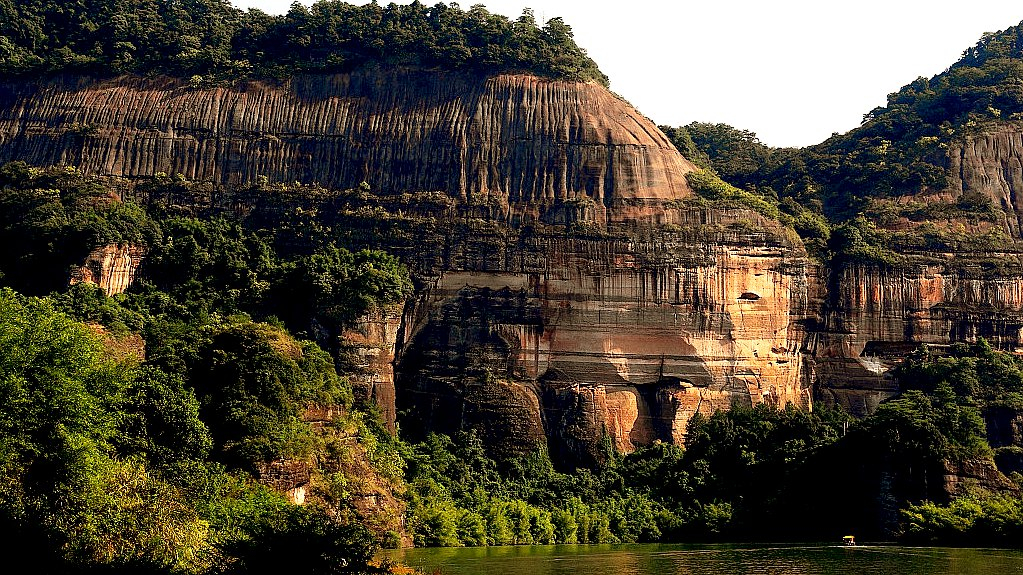
Danxia, Yardang, and Karst landform are the three most common terrains in China. The result of different types of erosion, combined with geological structure and climate change, these landforms decorate the earth with a unique landscape that makes other areas pale in comparison. In this seven-part photo series, we will take a peek at places in China that offer similar characteristics.
Danxia Landform
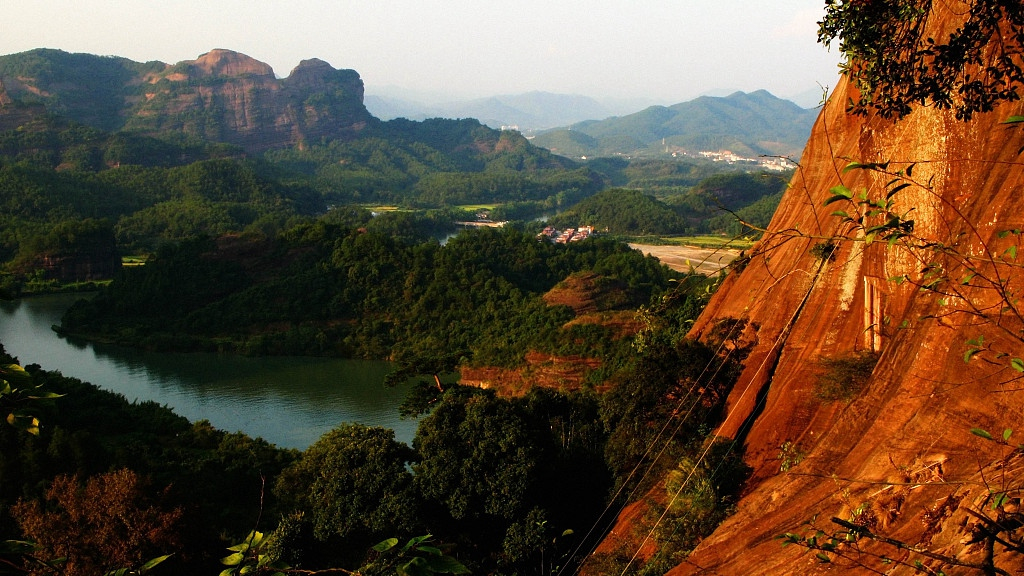
Mount Danxia in southern China's Guangdong Province. /VCG Photo
Mount Danxia in southern China's Guangdong Province. /VCG Photo
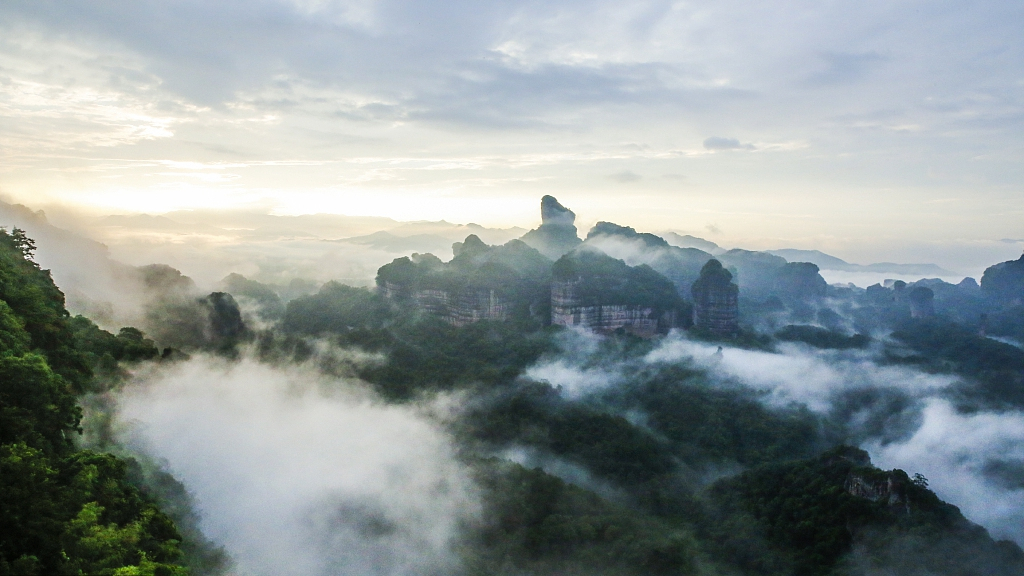
Mount Danxia in Shaoguan City, Guangdong Province in southern China. /VCG Photo
Mount Danxia in Shaoguan City, Guangdong Province in southern China. /VCG Photo
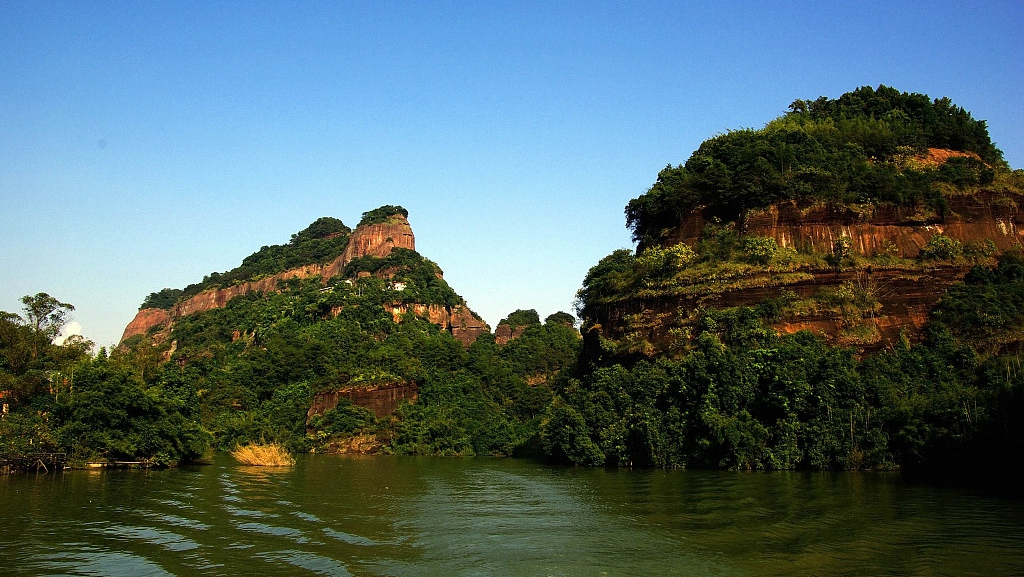
The reddish rocks of Danxia landform. /VCG Photo
The reddish rocks of Danxia landform. /VCG Photo
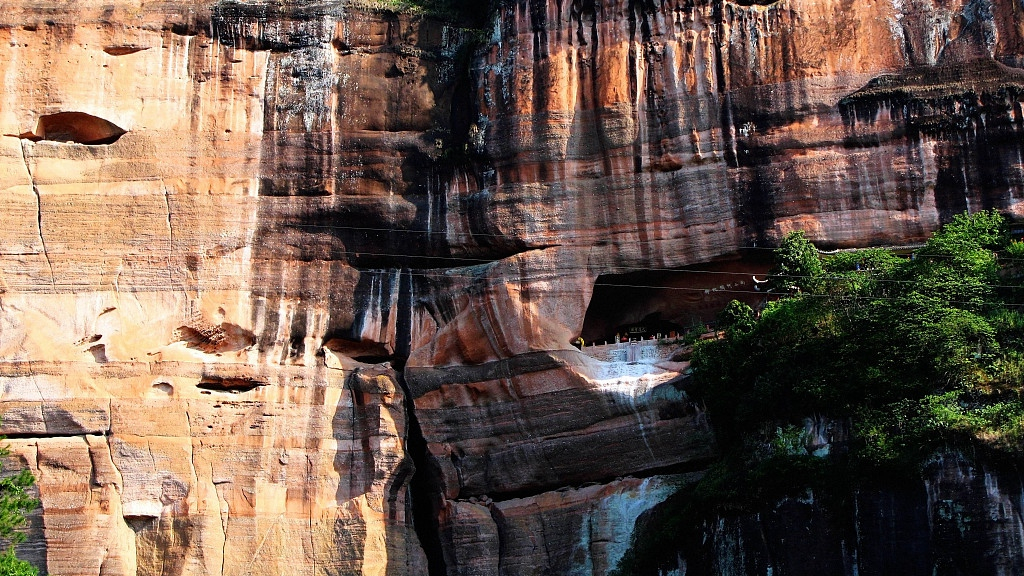
Cave holes on the rock. /VCG Photo
Cave holes on the rock. /VCG Photo
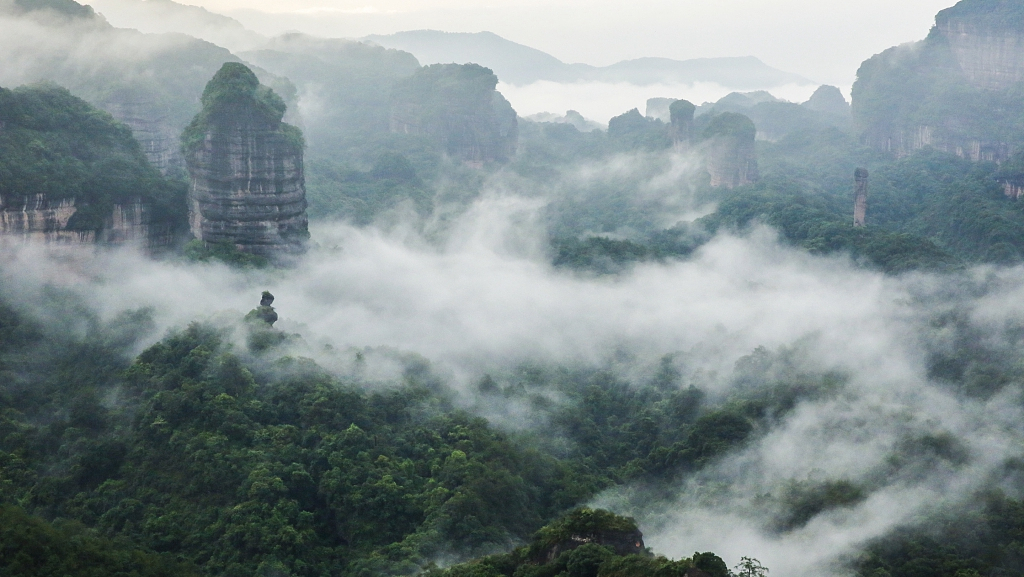
The beautiful sea of cloud at Mount Danxia. /VCG Photo
The beautiful sea of cloud at Mount Danxia. /VCG Photo
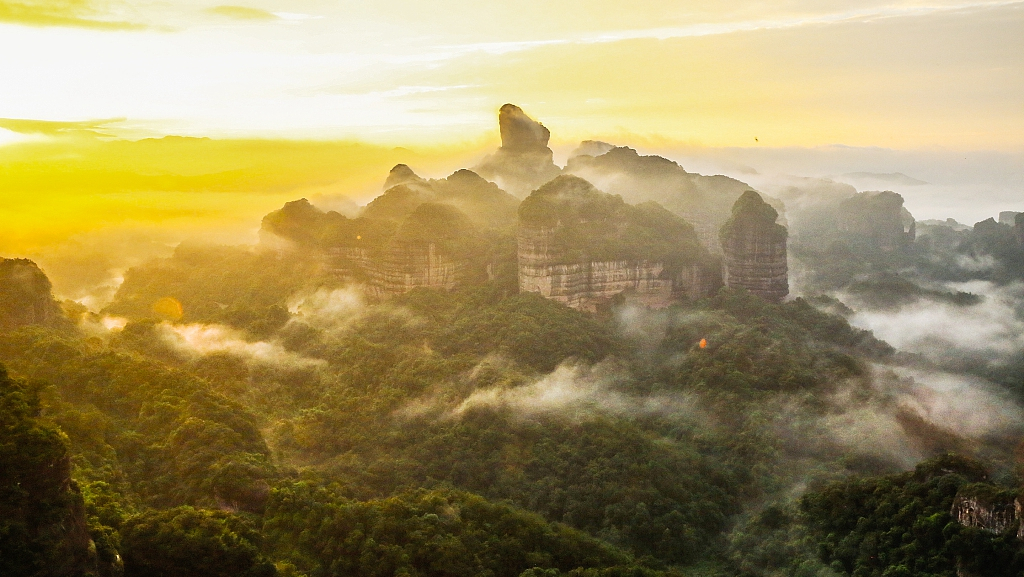
Mount Danxia at sunset. /VCG Photo
Mount Danxia at sunset. /VCG Photo
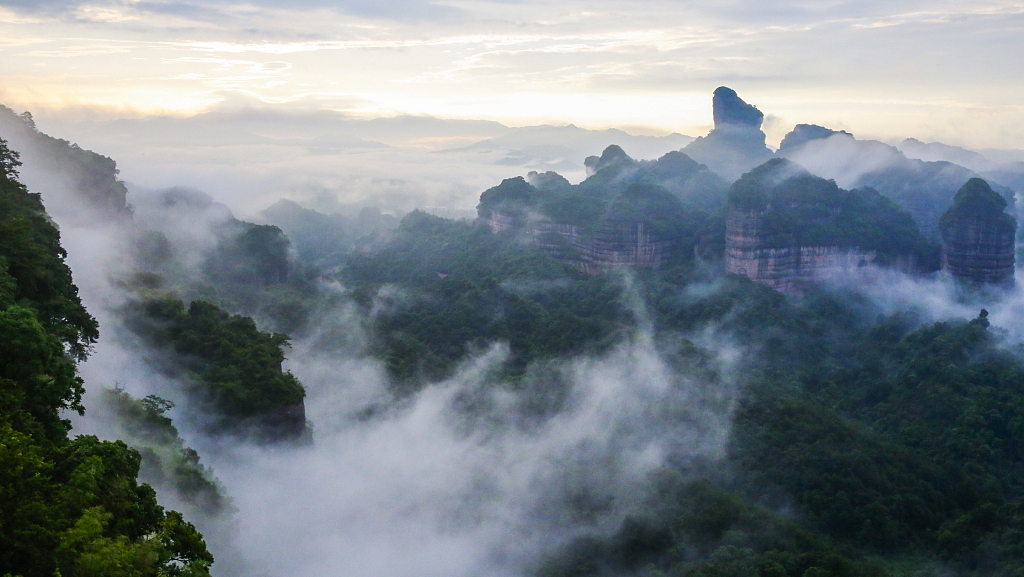
Aerial view of Mount Danxia. /VCG Photo
Aerial view of Mount Danxia. /VCG Photo
Danxia features reddish sandstone landform caused by wind and water erosion. The combination of differences in density and erosion create towering peaks, cave holes, and stone halls. Danxia landform can be found in southeast, southwest and northwest China.
Mount Danxia, located in Guangdong Province in southern China, is one of the instances that started to form 7,000 years ago. It is formed from reddish sandstone that has eroded over time on a mountain range surrounded by curvaceous cliffs and unusual rock formations.
(Top image via VCG.)

SITEMAP
Copyright © 2018 CGTN. Beijing ICP prepared NO.16065310-3
Copyright © 2018 CGTN. Beijing ICP prepared NO.16065310-3